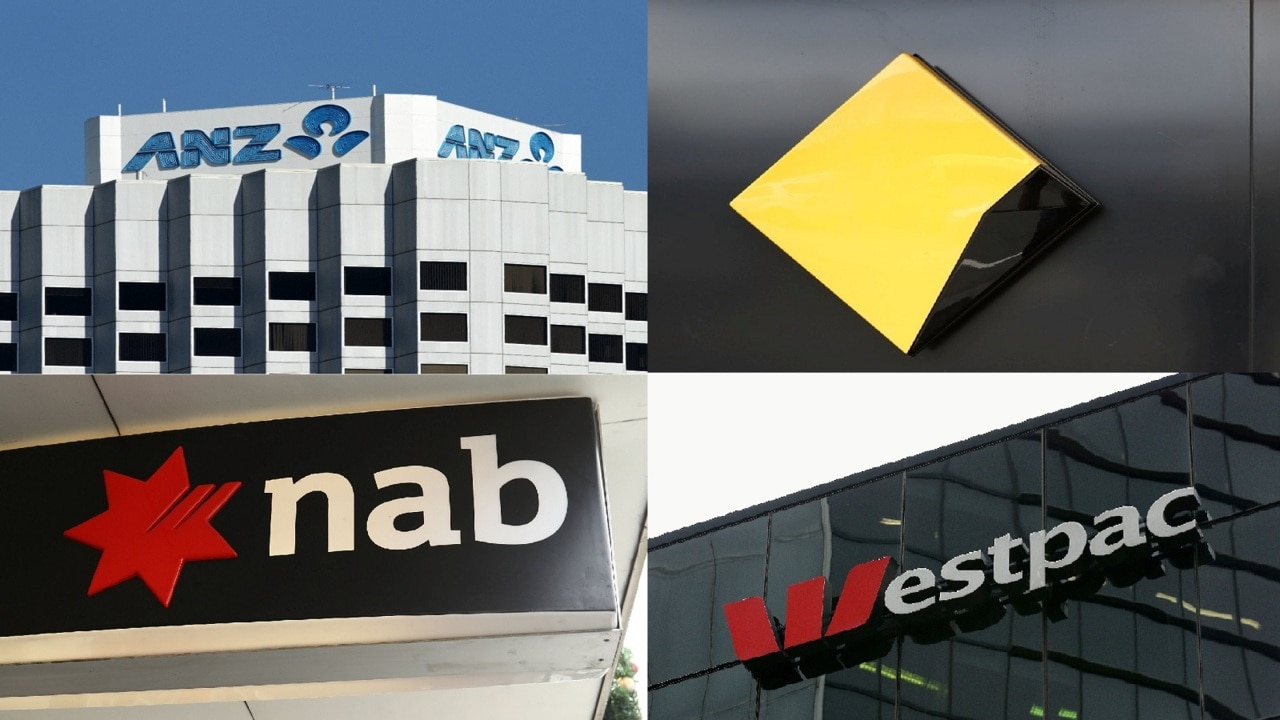ASX 200: Fewer companies generate profit growth in mixed reporting season, analysts say
A smaller number of companies reported earnings growth this reporting season and there’s caution about the outlook, according to analysts.

Fewer Australian companies boosted their profits and only a minority decided to lift their dividends in the August earnings season amid an intense focus on costs after the most aggressive interest rate hikes on record and worst inflation in decades.
AMP analysis shows that 56 per cent of companies saw earnings rise from a year ago, below the average of 63 per cent. At the same time 40 per cent increased their dividends from the previous financial year – below the norm of 58 per cent.
AMP chief economist Shane Oliver said this suggested a degree of caution amid a slowdown in demand and cost pressures.
“Earnings season was better than feared, but it wasn’t great as well. We’ve seen profit growth overall slow to a crawl in the past financial year, but not the collapse that some might have expected,” he said.
“Companies are still managing well so far, but the tell-tale sign is that a slowdown is coming through and cost pressures still remain fairly intense.”
CommSec reported that dividends from ASX 200 companies totalled $34.5bn this reporting season, down 18.4 per cent on a year earlier. Senior economist Ryan Felsman said cash levels were down as higher costs hit.

“The desire to pay dividends and lower revenues all weighed on cash levels,” he said. “However, cash flow has been better than expected due to improved balance sheet positions.”
Still, businesses were resilient despite the challenges of rising interest rates, cost of living pressures, cautious consumers and lower commodity prices.
Aggregate revenue rose 8.9 per cent over the period, with expenses up by 13.9 per cent for companies on the ASX 200 that reported, CommSec analysis showed. As a result, net statutory profit fell by 42.9 per cent and earnings per share dropped 27.7 per cent. In China, a crisis in the property and shadow banking sectors weighed on commodity prices, with BHP, Fortescue and Rio Tinto all reporting significant fall in profit as a result. This aided in the benchmark ASX 200 index retreating 1.4 per cent in August – its first monthly loss since May.
FN Arena, which tracks the performance of companies throughout reporting season, reported that 31.5 per cent of listed ASX 200 companies beat market forecasts, compared to 29.2 per cent that missed expectations.
The benchmark ASX 200 index has underperformed its peers this calendar year, up just 4.8 per cent compared to the S&P 500’s 17.9 per cent gain and the Nikkei 225’s 27.2 per cent rise. Dr Oliver said that most businesses had weathered inflation reasonably well because strong demand in the first half allowed many to pass on costs.
“This may get tested now that demand is slowing and margins could come under pressure,” he said.

Analysts have noted that the key themes this reporting season have been that costs pressures remain a challenge, building material companies are still benefiting from strong activity, insurers are seeing margin improvement at the expense of their customers with big premium increases, and that home borrowers are keeping up with their payments.
While consumers have eased their spending as a result of interest rates and inflation, many retailers reported that shipping and distribution costs were easing, supporting profit margins.
Mr Felsman said that given high interest rates and the competition for funds across asset classes and between companies, a historically high proportion of companies issued a dividend or announced or extended share buybacks.
“The large number of buybacks also suggests that companies are more optimistic about future Australian household spending, despite deep consumer pessimism and rapid rate hikes,” he said.
Qantas was one company that opted to extend a buyback rather than issue a dividend.
Corporate guidance was also cautious for the most part with more negative than positive guidance. Dr Oliver said that retail was one sector warning of tougher conditions as customers turned to discount stores for bargains.
“Woolworths has noted that many consumers were now trading down on the products they purchased. This could benefit Wesfarmers with more wealthier people shopping at Kmart and Big W in the case for Woolworths,” Dr Oliver said.
The consensus for earnings is a fall of 5.7 per cent in the 2024 fiscal year, compared to 0.8 per cent at the end of July.
Share price reactions have also been a little less positive than normal. About 51 per cent of reporting companies have seen their share prices outperform the index on the day of their results, below an historical norm of 53 per cent.




To join the conversation, please log in. Don't have an account? Register
Join the conversation, you are commenting as Logout